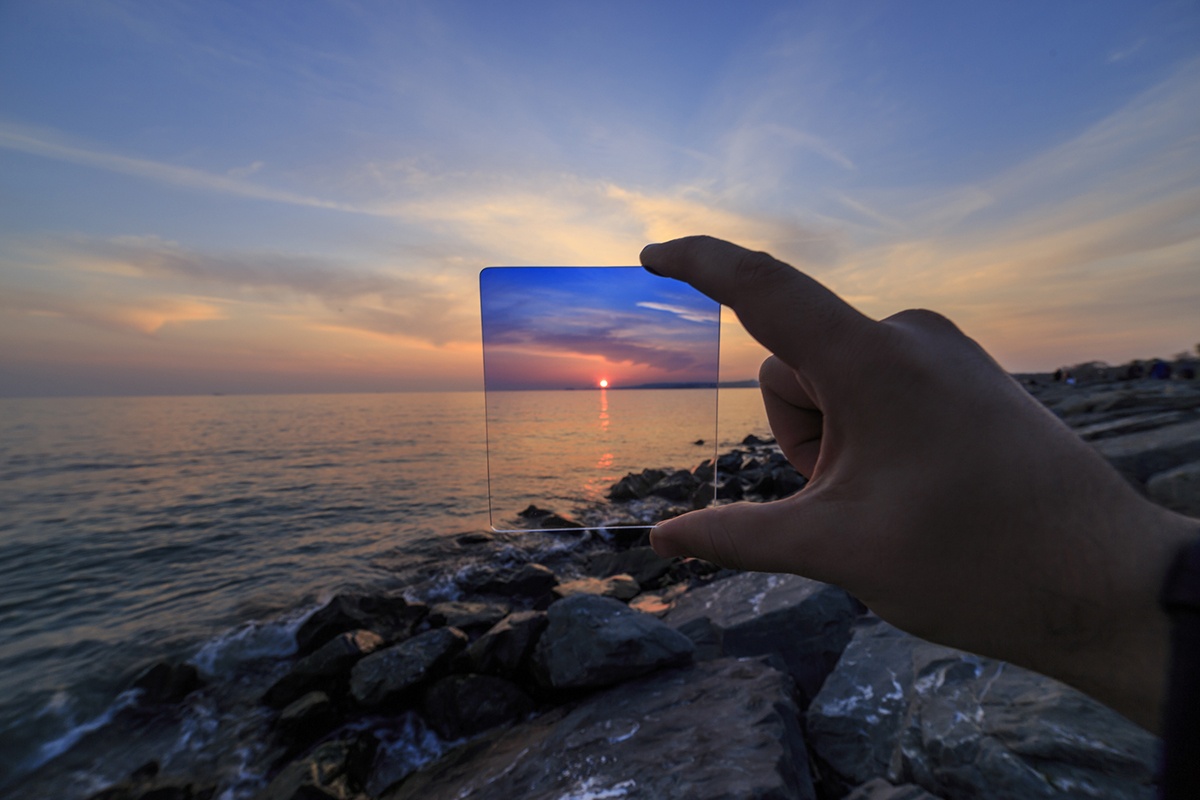How frustrating it is to find ourselves before a wonderful landscape , with an incredible sky, some suggestive rocks, or a meadow of a dreamlike green and see that we are unable to portray it as we would like, right? You have visualized it, you have stopped everyone who has wanted to accompany you on an excursion, you have planted your tripod , you have framed, you have made sure to place the horizon well straight, you have measured the light like this, without thinking much (or even thinking about it a lot), and you find yourself before an image that not even the best of the editors seems to be able to save. That is because, although you are able to perfectly process both lights of the scene, the truth is that our camera cannot even get close to what our eyes are capable of doing. They are images with too much difference between lights and shadows so that our sensor is able to process them correctly. Now, do not despair, that for almost everything there is a solution. The solution to this problem is called Neutral Gradient Filter , the one that gives title to this article , and when you know it you will think about how something so small can become your best ally in landscape photography . We see it?
WHAT IS A NEUTRAL GRADIENT FILTER?
A neutral gradient filter is tinted in one of its parts in order to reduce the light input to the sensor in one half of the image, while the other is transparent so as not to modify it. The neutral term indicates that, apart from subtracting light, it does not affect the shades of the image. Imagine the typical scene, for example, of a meadow, with a sun above, a sky of a brand new blue in the upper area and a meadow of a dark green in the lower area. Although you are perfectly capable of processing both lights, the truth is that your sensor, as you well know, cannot. By placing the dark zone of this filter in the sky zone and the transparent zone in the darkest zone, you can compensate for the exposure of the scene, in order to obtain a well-exposed image in both areas of the photograph.WHAT TYPES ARE THERE?
ACCORDING TO THE FORM
To start, you must decide if you prefer thread (round) or square , for which you will need a filter holder. The former are more comfortable to use as long as you only plan to use one. Instead, the seconds have the advantage that you can superimpose several filters at once. In case you plan to use more than one, it is best to opt for the squares. That is, if you already see that you are going to be a madman of the landscape, it is best to choose the rectangular ones, which will not only serve you for this type of filters, but for all types ;-). Otherwise, with a circular one you save buying the adapter and having to carry it on.ACCORDING TO THE STEPS IT COMPENSATES
Or what is the same, depending on the amount of ambient light that remains in the tinted half. Filters begin by compensating 1 step (0.3ND) up to 3 steps (0.9 ND). The most common are 0.3 ND (1 step), 0.6 ND (2 steps) and 0.9 ND (3 steps), although for perfectionists, they have to compensate for half a step: 0.45 ND (1 , 5 steps) or 0.75ND (2.5 steps). The most used of them all is the 0.9ND that compensates for 3 steps, so if you can only get one, you can start with thisDEPENDING ON THE TYPE OF GRADIENT
Basically we can transition the tinted area in a sharper or softer way. If the horizon is clear, that is, if there are no elements in the middle of the horizon that can show the use of the filter, we can use a hard transition gradient . On the other hand, if there are elements on the horizon (trees, houses, etc.), it is best to use a filter with a smoother transition to hide the use of the filter.- TIP: If you have opted for the use of the filter holder and you have a neutral gradient hard transition filter, you can soften it by moving the filter up and down slightly during exposure. This way you will be able to smooth the transition between the tinted and the transparent part. Of course, very careful to move the camera while the shutter is open


